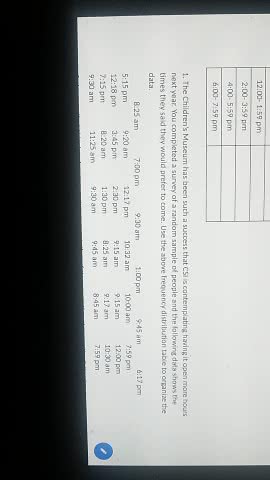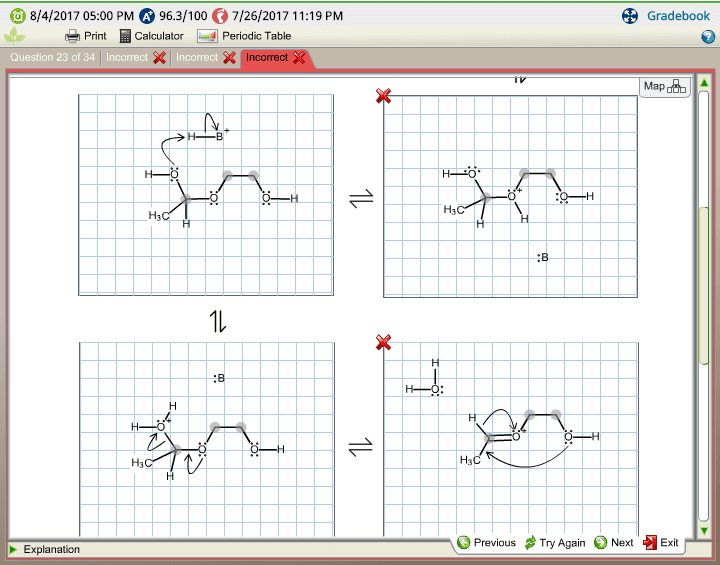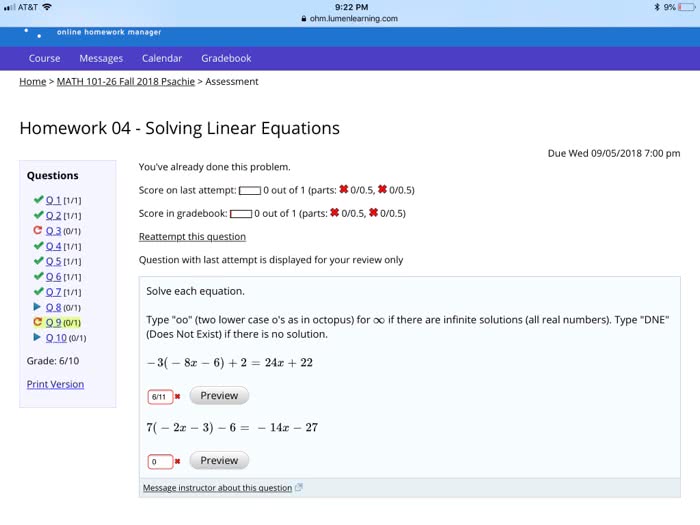ORGB 423 Lecture Notes - Lecture 7: Job Satisfaction, Absenteeism, Job Sharing

Lecture 7 2018-02-01 8:43:00 PM
No notes, case analysis activity.
find more resources at oneclass.com
find more resources at oneclass.com

Lecture 8 2018-02-01 8:43:00 PM
Job Requirements
Job Description: A statement of the tasks, duties, and responsibilities of
a job to be performed.
Job Specification: A statement of the needed knowledge, skills, and
abilities of a person who will perform the job
Job requirements relationship with HRM functions:
• Strategic HR planning
• Recruitment
• Selection
• Training & development
• Performance management
• Legal compliance
• Compensation management
Job Analysis
A process of obtaining information about jobs by determining the duties,
tasks, or activities of jobs
It should:
• Outline the tools needed to do the job
• The environment. and times at which it needs to be done
• The people with whom it needs to be done
• The outcome or performance level it should produce.
o Efficiency (Taylorism)
o Multi-tasking (measure of performance)
o Meeting certain standards of quality
How can you gather job information?
• Questionnaires
• Interviews
• Diaries
• Observation
Approaches to job analysis
• Four of the more popular methods are:
o Position Analysis Questionnaire system (p.136)
o Critical Incident
o Job task inventory analysis
o Competency-based analysis
Job Descriptions
find more resources at oneclass.com
find more resources at oneclass.com
Document Summary
Job description: a statement of the tasks, duties, and responsibilities of a job to be performed. Job specification: a statement of the needed knowledge, skills, and abilities of a person who will perform the job. Job requirements relationship with hrm functions: strategic hr planning, recruitment, selection, training & development, performance management, legal compliance, compensation management. A process of obtaining information about jobs by determining the duties, tasks, or activities of jobs. Approaches to job analysis: four of the more popular methods are, position analysis questionnaire system (p. 136, critical incident, job task inventory analysis, competency-based analysis. An outgrowth of job analysis that improves jobs through technological and human considerations. Goal: enhance organization efficiency and employee job satisfaction. Industrial engineering considerations: a field of study concerned with analyzing work methods and establishing time standards, ergonomic considerations, an interdisciplinary approach to designing equipment and systems that can be easily and efficiently used by humans, e. g.





